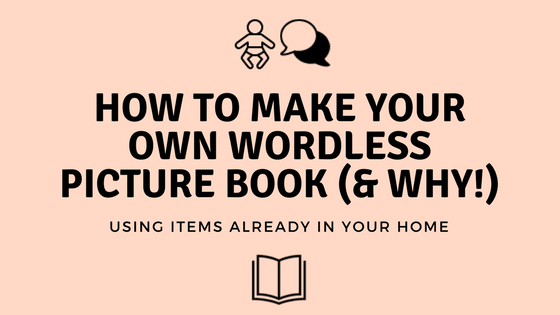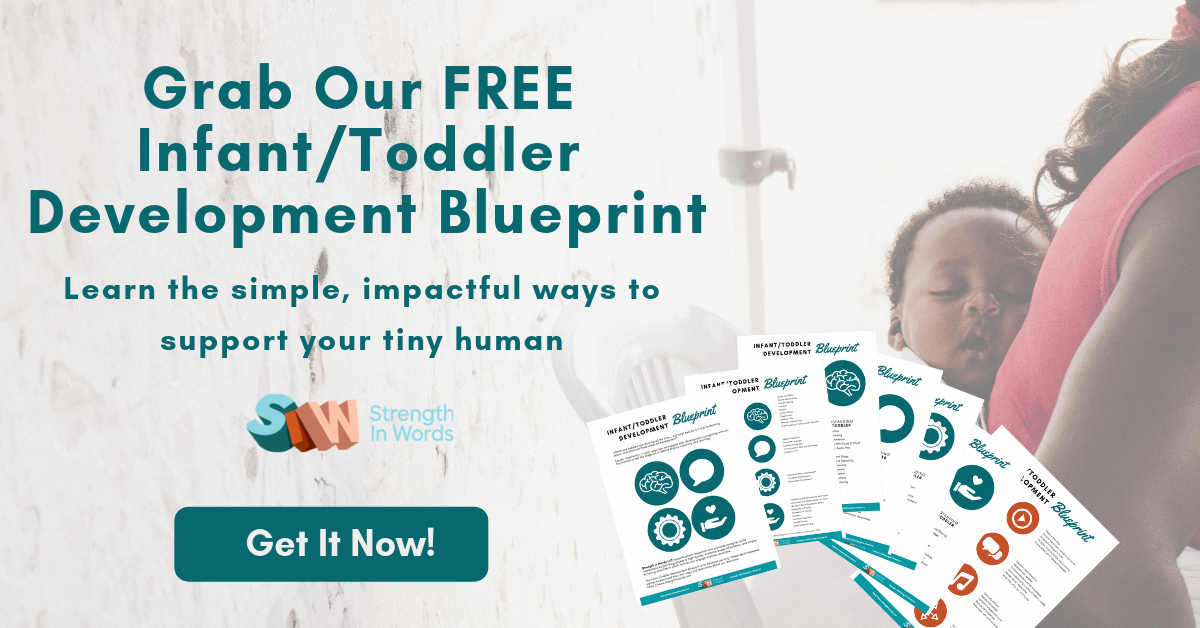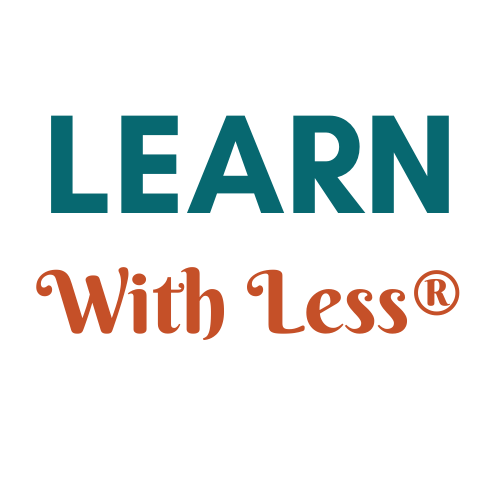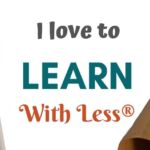“There’s something intimidating about wordless picture books at first…
When my first daughter was born, some family friends gave us a beautiful wordless picture book that I put away on the shelf, thinking, ‘no, I can’t read this, I don’t know what to do, it’s too complicated.’
But wordless picture books can be so rich… even though it can feel like pressure at first, it’s actually NO pressure, because you can do whatever you want with a wordless picture book, and you are free to let your child lead whatever way the story or pictures take them.”
I had the great pleasure of speaking with Megan Lingo of Chickadee Lit and KidArt Lit last week.
With a professional background as both an Educational Therapist and a reading teacher, and as the mother of three young children, Megan is a wealth of information when it comes to early literacy.
We focused our conversation (which is featured in full on the corresponding podcast episode, Wordless Picture Books) on the reading of wordless picture books, the riches they can bring to families, and Megan’s five wonderful tips (a veritable “wordless picture book tool kit”) for getting started.

Since wordless picture books are simply a series of images, they can not only bring out your imagination when read, but also when we consider making them ourselves!
Megan gave a few wonderful examples of some of her favorite existing books, and I’ve included two of mine below, as well. But I want to encourage you to also consider making your own!
I invite you to download my DIY wordless picture book, “FLIGHT,” which I created in honor of my toddler’s love of planes and airports.
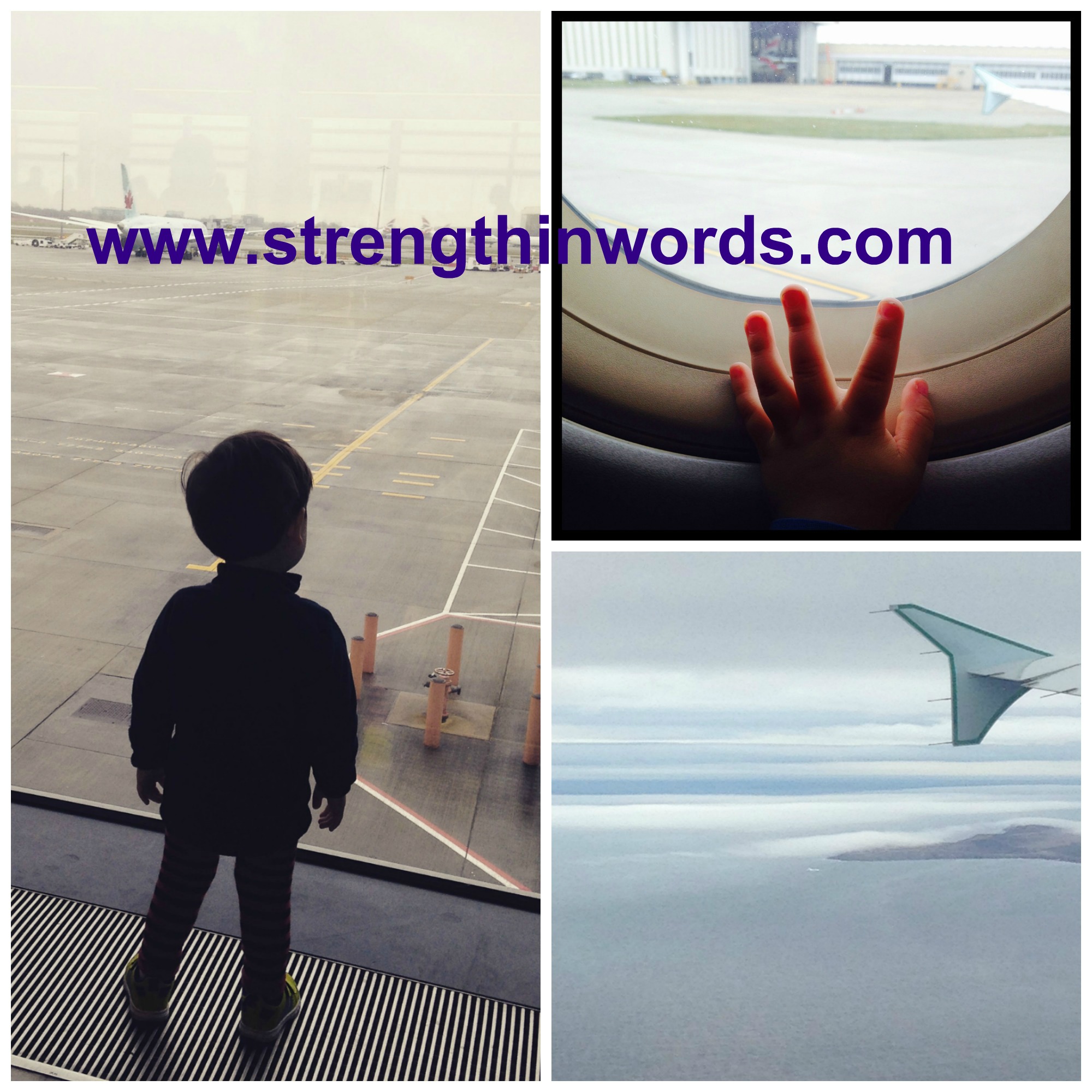
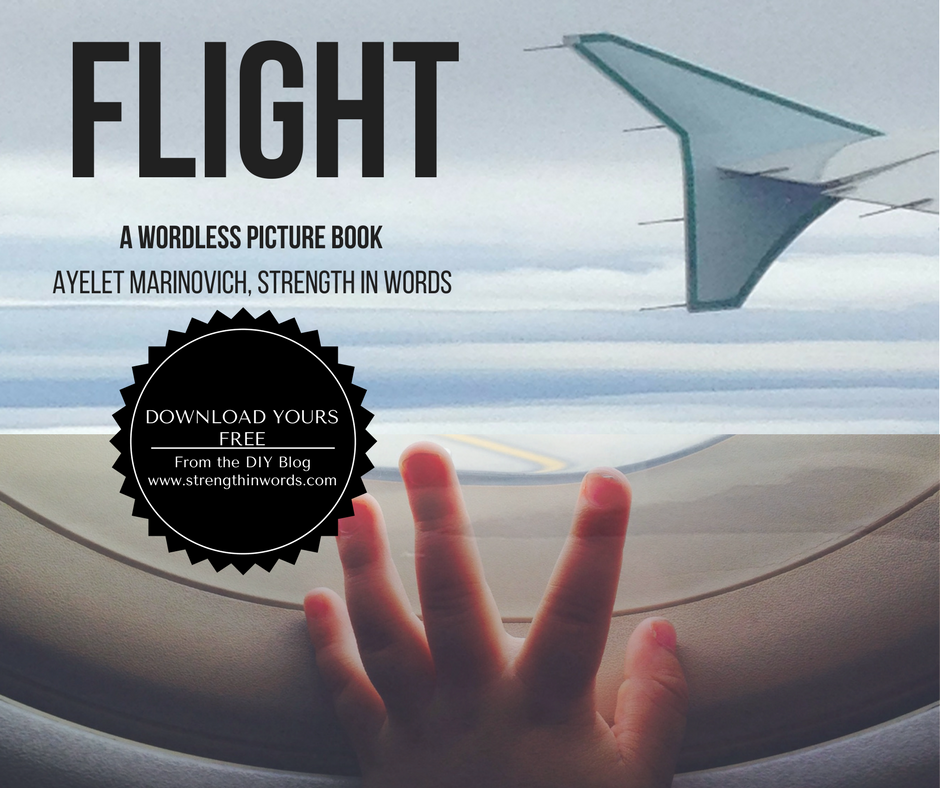
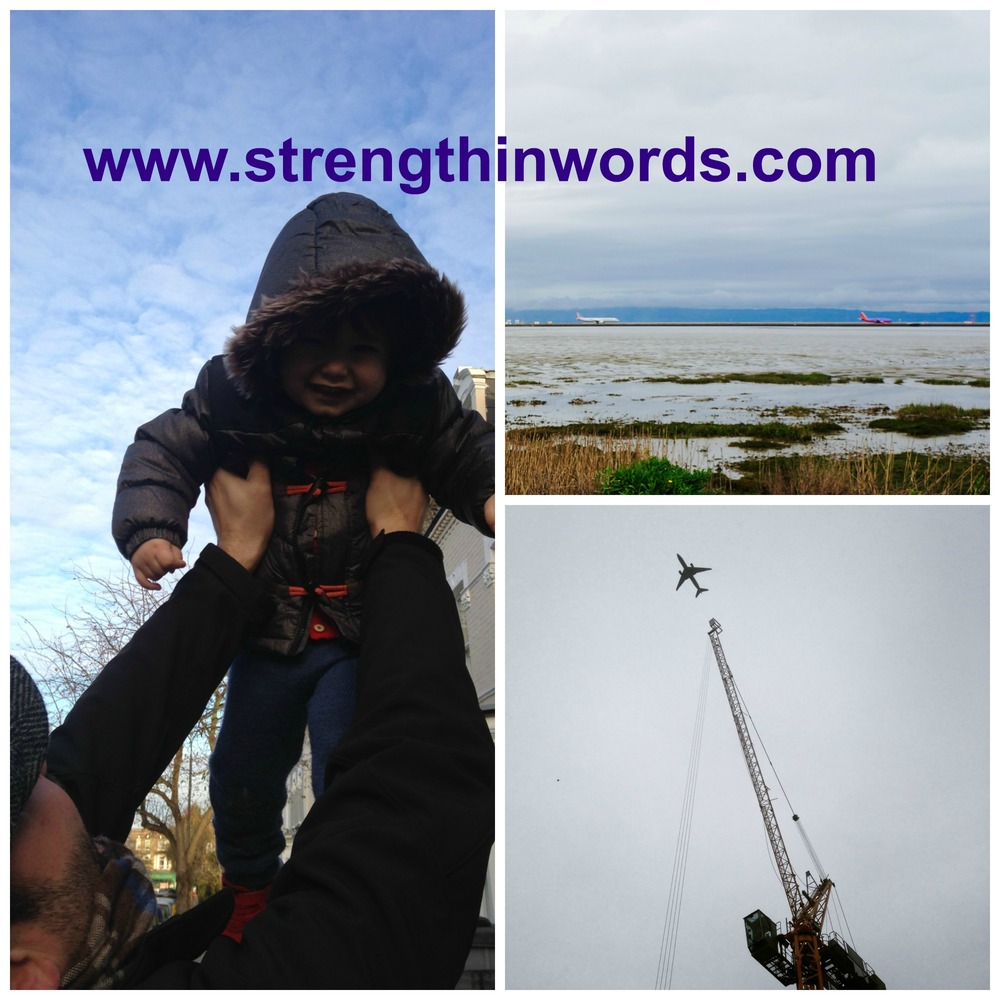
Don't Miss our Corresponding Podcast Episode!
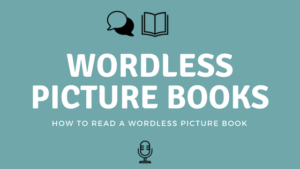
Here, in short form, is Megan’s “wordless picture book tool kit,” but I really encourage you to listen to the full episode (or at least read the transcript!) of our discussion. We had a great discussion, full of insights. So, let these be an inspiration to you as you read and create your wordless picture books at home!
- Take A Picture Walk
- Flip through the pages, look at what your little one notices and what they find interesting and important
- Get out of their way!
- Build engagement and interest before you start reading
- Think Aloud For Your Child
- Use “stem” questions to get started
- “When I see this, I wonder about…”
- “I wonder what’s going to happen next…“
- Show them that you wonder and you have questions
- Don’t be afraid to model confusion
- Use “stem” questions to get started
- Encourage Expressive Language
- Sit face to face when reading
- Use gestures and pointing, and when they do, talk about what they’re interested on the page.
- Don’t be afraid to make all the funny sounds in the book – get them associating the representation of an object and a sound in the environment
- As they get older, encourage them to name things, and get them to tell stories that have a beginning / middle / end
- Focus on “Inference”
- Making inferences: essentially, the ability to read between the lines and draw conclusions based on clues you see in the environment.
- Look at the characters’ faces and try to figure out what they’re thinking, what they’re feeling, based on their expression and situation
- This also helps kids build on their repertoire of social/emotional skills (As we have discussed in previous episodes, Building & Supporting Relationships as well as Happiness & Relationships).
- Extend the Experience
- You can never read it the same way twice! It is always new, every time.
- Incorporate or model written language with sticky notes!
- Write down or label their favorite parts of the page.
- For older kids, write dialogue the characters might say to each other – and even record it so they can listen to it on their own another time!
- Incorporate dramatic experiences, artistic, or tactile experiences associated with themes in your book
I hope this, paired with my book, will give you a starting point for both reading and creating your own wordless picture books.
Want to know some of my (and Megan’s) favorite wordless picture books? See below!
This post contains affiliate links. All activities described by Learn With Less assume close supervision of the child by an adult.
